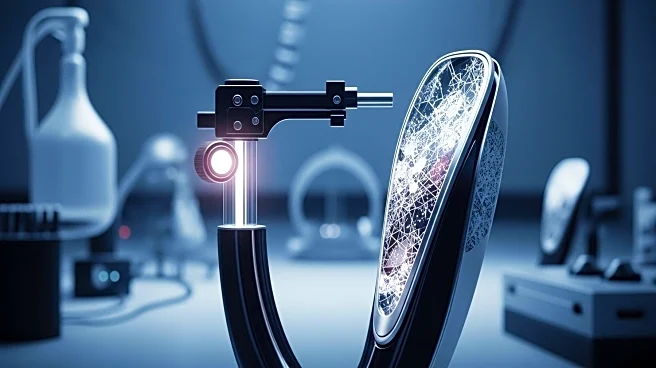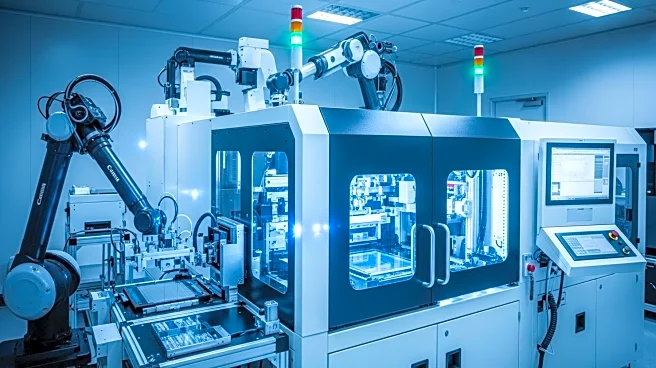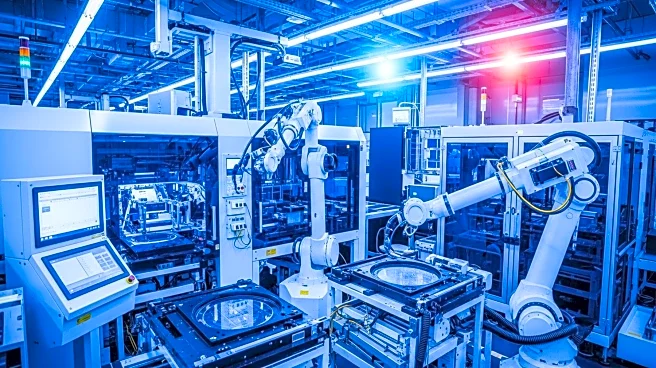What is the story about?
What's Happening?
Researchers at the Ming Hsieh Department of Electrical and Computer Engineering at USC have made a significant advancement in photonics by creating the first optical device based on the concept of optical thermodynamics. This device allows light to move naturally through nonlinear systems without the need for external controls or digital commands. The breakthrough offers a new way to control and direct light, potentially speeding up progress in optical technologies used in computing, telecommunications, and secure information transfer.
Why It's Important?
The development of optical thermodynamics could have a profound impact on industries reliant on fast and energy-efficient data transfer. As conventional electronics reach their limits, optical technologies offer a promising alternative. Companies like NVIDIA are exploring these technologies to enhance chip-level communication and high-performance computing. The ability to naturally route light signals could simplify optical systems, making them more powerful and efficient, which is crucial for advancing telecommunications and secure information transfer.
What's Next?
The USC team's demonstration marks the first device designed with optical thermodynamics, opening the door to new classes of photonic devices. This framework could lead to innovative approaches in light management, impacting information processing and communications. The study's lead author, Hediyeh M. Dinani, suggests that this could redefine how engineers approach the control of light and electromagnetic signals, potentially leading to further breakthroughs in the field.
Beyond the Headlines
Optical thermodynamics transforms the complexity of nonlinear systems into predictable behavior, allowing engineers to harness this complexity rather than combat it. This could lead to new insights in fundamental physics and the exploration of chaotic systems, offering a unified way to understand and utilize the natural self-organization of light.
AI Generated Content
Do you find this article useful?














